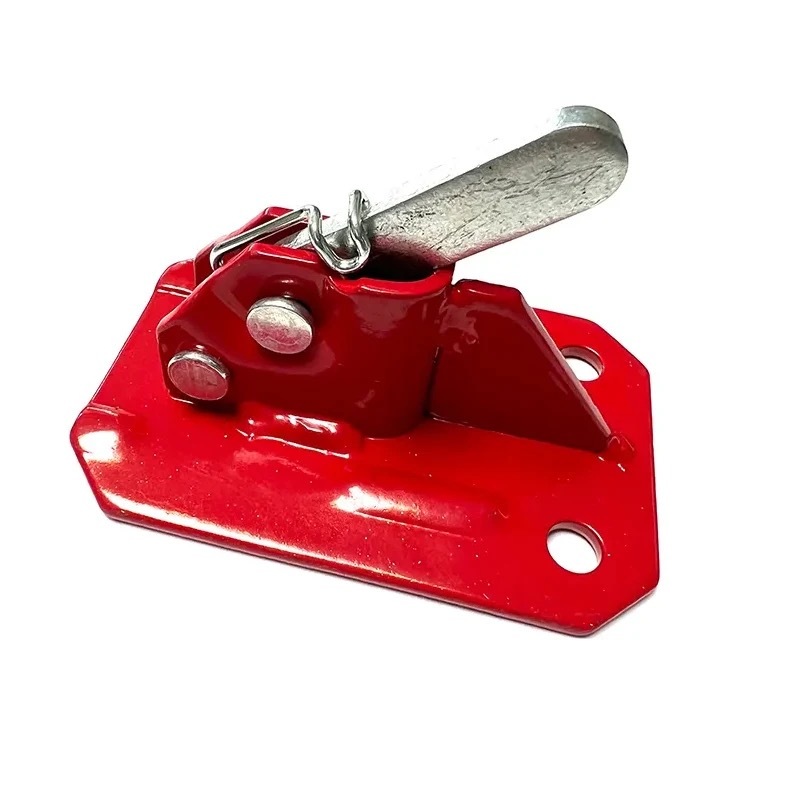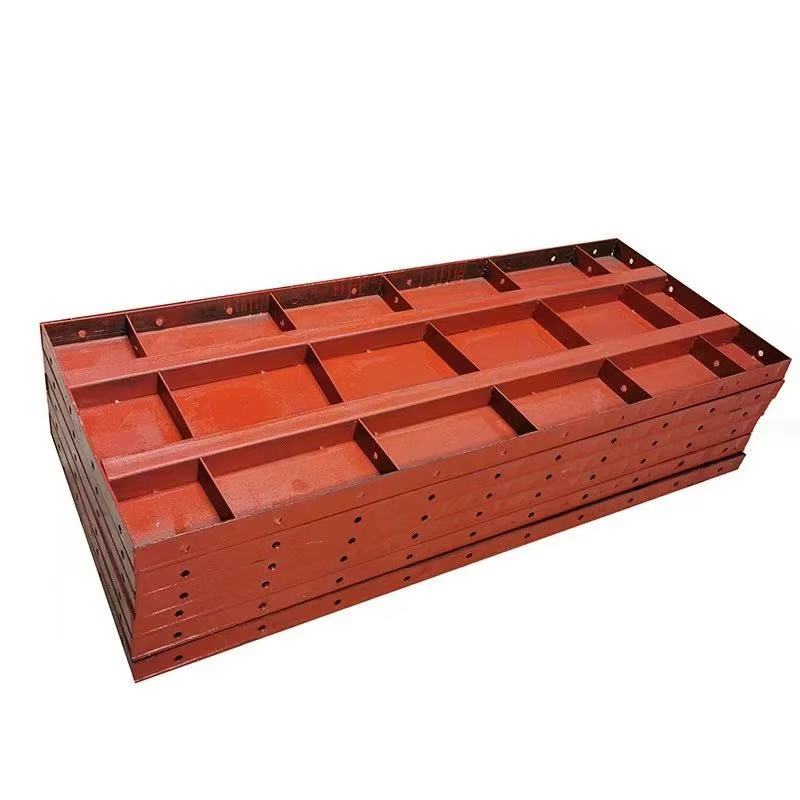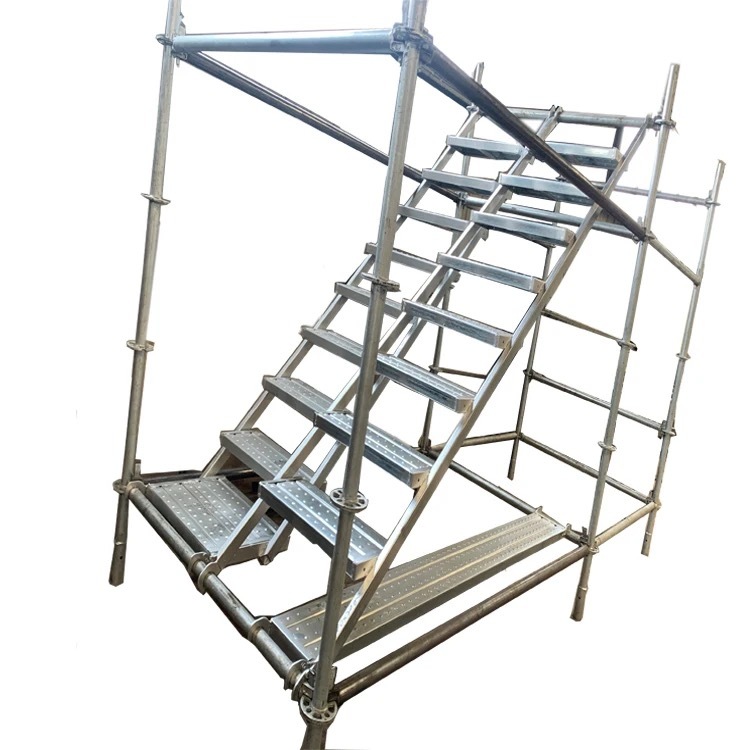The Role of Formwork Spring Clamps in Achieving Structural Integrity
The Role of Formwork Spring Clamps in Achieving Structural Integrity Table of Contents 1. Introduction to Formwork Spring Clamps 2. Importance of Structural Integrity in Construction 3. Design and Functionality of Formwork Spring Clamps 4. Applications of Formwork Spring Clamps in Construction 5. Benefits of Using Formwork Spring Clamps 6. Selecting the Right Formwork Spri

The Role of Formwork Spring Clamps in Achieving Structural Integrity
Table of Contents
- 1. Introduction to Formwork Spring Clamps
- 2. Importance of Structural Integrity in Construction
- 3. Design and Functionality of Formwork Spring Clamps
- 4. Applications of Formwork Spring Clamps in Construction
- 5. Benefits of Using Formwork Spring Clamps
- 6. Selecting the Right Formwork Spring Clamps
- 7. Maintenance Tips for Formwork Spring Clamps
- 8. The Future of Formwork Spring Clamps in Construction
- 9. Frequently Asked Questions
- 10. Conclusion
1. Introduction to Formwork Spring Clamps
Formwork spring clamps are pivotal components in the construction industry, particularly in the realm of structural integrity. These clamps serve the essential function of holding formwork in place during the curing of concrete, ensuring that the desired shape and design of a structure are maintained. By utilizing spring clamps, construction professionals can achieve greater precision and reliability in their projects.
2. Importance of Structural Integrity in Construction
Structural integrity refers to a structure's ability to hold together under a load without failing due to deformation or collapse. In construction, maintaining structural integrity is crucial for safety and longevity. High-quality materials and techniques must be employed, and formwork spring clamps are instrumental in achieving this goal.
When structures are built with compromised integrity, they risk severe consequences, including costly repairs and potential safety hazards. Thus, understanding and implementing effective solutions like formwork spring clamps is vital for any construction endeavor.
3. Design and Functionality of Formwork Spring Clamps
Formwork spring clamps are designed with a specific purpose: to firmly hold formwork panels together during the concrete pouring process. Their design typically features a robust spring mechanism, allowing for quick adjustments and secure fastening. This adaptability is essential, as it enables contractors to accommodate various formwork configurations and sizes.
The clamps are often made from durable materials such as steel or high-impact plastics, ensuring they can withstand the rigors of construction environments. The design also incorporates user-friendly features, making it easy for workers to handle and install them efficiently.
3.1 Types of Formwork Spring Clamps
There are various types of formwork spring clamps available, each catering to different construction needs. Common types include:
- **Single Action Clamps**: These are simple to use and ideal for quick applications where speed is essential.
- **Double Action Clamps**: These provide a more secure grip and are suitable for situations where extra stability is required.
- **Heavy-Duty Clamps**: Designed for high-load applications, these clamps can support larger and heavier formwork setups.
4. Applications of Formwork Spring Clamps in Construction
Formwork spring clamps find their applications across a wide range of construction projects. They are commonly used in the following scenarios:
4.1 Residential Construction
In residential building projects, formwork spring clamps are utilized for pouring foundations, walls, and slabs. Their reliable hold ensures that the concrete maintains its intended shape, contributing to the overall stability of the home.
4.2 Commercial Construction
For commercial buildings, the stakes are higher, and structural integrity is paramount. Formwork spring clamps are used extensively in creating complex architectural designs, ensuring that the forms remain stable during the concrete curing process.
4.3 Infrastructure Projects
In large-scale infrastructure projects such as bridges and tunnels, formwork spring clamps facilitate the construction of formwork systems that can withstand significant loads and stresses, thereby ensuring safety and longevity.
5. Benefits of Using Formwork Spring Clamps
The advantages of utilizing formwork spring clamps in construction are numerous:
5.1 Enhanced Stability
One of the primary benefits of these clamps is the enhanced stability they provide to formwork systems. By securely holding the panels in place, they minimize the risk of deformation during the concrete pouring process.
5.2 Increased Efficiency
Formwork spring clamps allow for quicker setup and adjustments, which can significantly reduce project timelines. This efficiency translates to cost savings for contractors and clients alike.
5.3 Versatility
These clamps are versatile, accommodating a variety of formwork sizes and shapes. This adaptability makes them suitable for numerous applications, from simple residential projects to complex commercial builds.
5.4 Improved Safety
By ensuring that formwork remains securely in place, these clamps also contribute to a safer working environment. Reduced movement of formwork minimizes the risk of accidents on construction sites.
6. Selecting the Right Formwork Spring Clamps
Choosing the appropriate formwork spring clamps for your project involves several considerations:
6.1 Load Requirements
Understand the load requirements of your specific application. Heavy-duty clamps may be necessary for larger projects, while lighter clamps can suffice for smaller residential builds.
6.2 Compatibility with Formwork Material
Ensure that the clamps you select are compatible with the material of your formwork. Steel clamps work well with metal formwork, while plastic clamps may be better suited for lightweight applications.
6.3 Ease of Use
Consider the ease of installation and removal of the clamps. User-friendly designs can greatly enhance productivity on the job site.
7. Maintenance Tips for Formwork Spring Clamps
Proper maintenance of formwork spring clamps is crucial for ensuring their longevity and performance:
7.1 Regular Inspection
Conduct regular inspections of the clamps to check for signs of wear or damage. Early detection can prevent failures during critical construction phases.
7.2 Cleaning
Keep the clamps clean and free from concrete residue. This will help maintain their grip and ensure smooth operation during installation and removal.
7.3 Storage
Store the clamps in a dry environment to prevent corrosion or degradation of materials. Proper storage will extend their life and usability for future projects.
8. The Future of Formwork Spring Clamps in Construction
As technology advances, the future of formwork spring clamps looks promising. Innovations in materials and design are likely to enhance their functionality and durability. The integration of smart technologies may also lead to the development of clamps that can monitor pressure and stability in real-time, further ensuring structural integrity.
Additionally, the growing emphasis on sustainability in construction may drive the production of eco-friendly clamps made from recyclable materials or those that reduce waste during installation.
9. Frequently Asked Questions
9.1 What are formwork spring clamps used for?
Formwork spring clamps are used to hold formwork panels securely in place during the pouring of concrete, ensuring structural integrity.
9.2 How do formwork spring clamps work?
These clamps utilize a spring mechanism that allows them to easily grip and hold formwork panels together, providing stability during the curing process.
9.3 Can formwork spring clamps be reused?
Yes, with proper maintenance and care, formwork spring clamps can be reused multiple times across different projects.
9.4 What materials are formwork spring clamps made from?
Formwork spring clamps are typically made from durable materials such as steel or high-impact plastics to withstand the rigors of construction environments.
9.5 How do I choose the right formwork spring clamps for my project?
Consider factors such as load requirements, compatibility with formwork materials, and ease of use when selecting the appropriate clamps for your specific needs.
10. Conclusion
Formwork spring clamps play a vital role in achieving structural integrity in construction projects. Their design, functionality, and adaptability make them essential tools for ensuring that formwork remains stable throughout the concrete curing process. By understanding their importance, applications, and maintenance, construction professionals can significantly enhance the quality and safety of their projects. As the construction industry evolves, the future of formwork spring clamps promises exciting innovations that will further improve their effectiveness and sustainability.
Key words:
PRODUCT SEARCH
Search And Quickly Find The Products You Need
With advantages in technology, quality, and service, the company is steadily advancing in the industry, continuously providing high-quality hydraulic rubber products and services to global customers, demonstrating strong development potential and broad market prospects.










